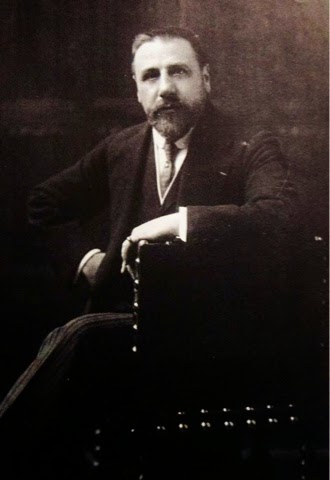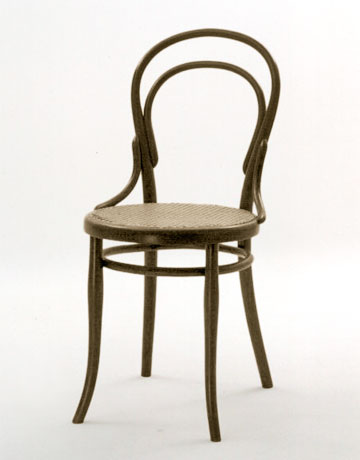The course was pretty straight forward to begin with I knew that I had to create a final print for a client which would be the bank of China and I also had to use Asian influence is to create the print also I had to use inferences from the Bauhaus movement which I thought was a bit confusing because the styles are pretty opposite.
A critical information in a variety of ways I will I went to the library I will research surveys and printmaking to technics I went online to be said about the house and and the prints and drawings and what the house was originally created for and then I use all these ideas and influences to help me plan and create my designs











 These are images taken with a fast shutter speed setting.
These are images taken with a fast shutter speed setting.

 These images are taken with a slow shutter speed which caputyred the whole movemnt of the surrounds or moving object
These images are taken with a slow shutter speed which caputyred the whole movemnt of the surrounds or moving object



